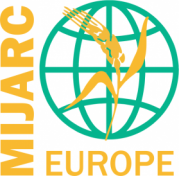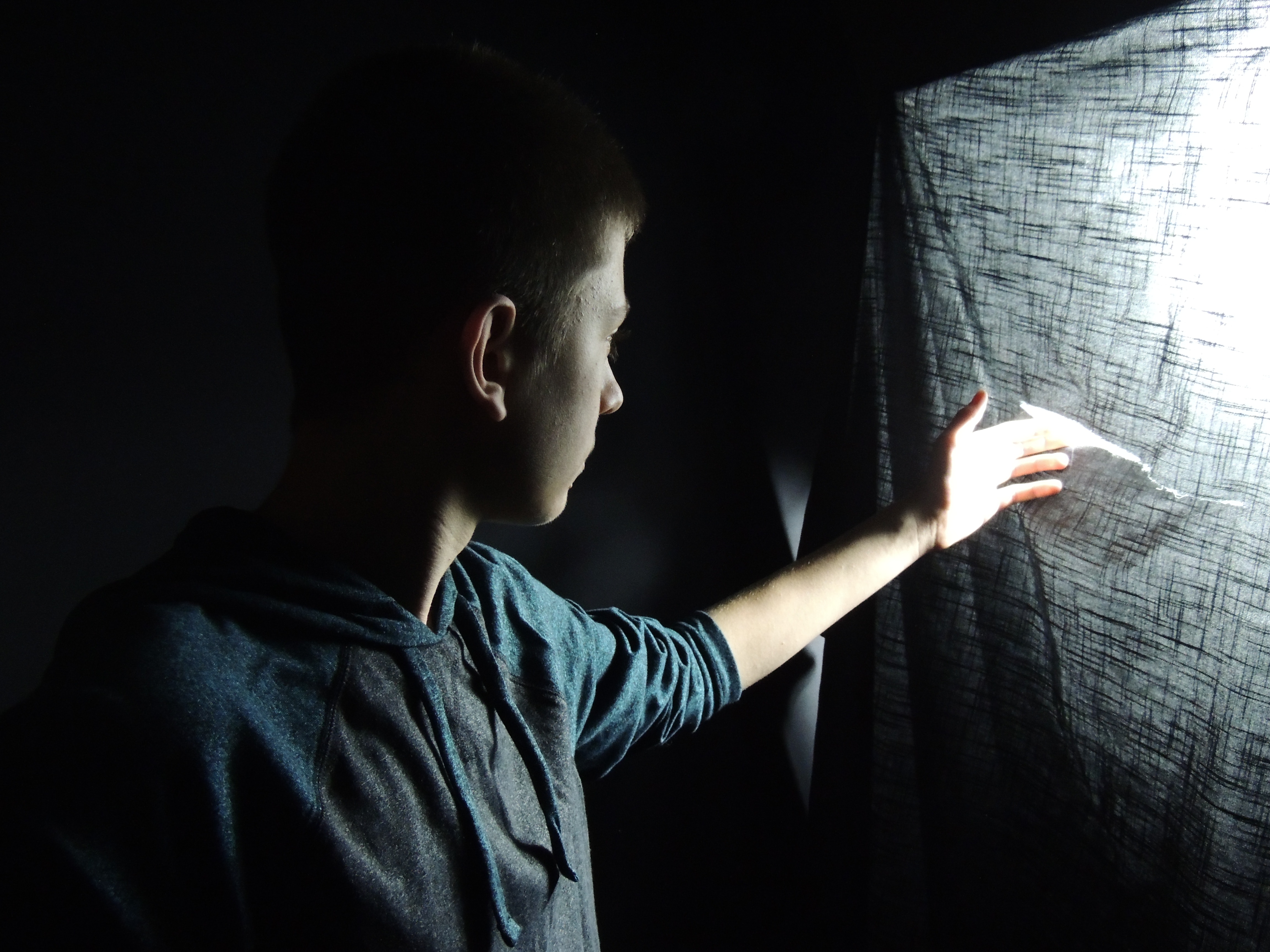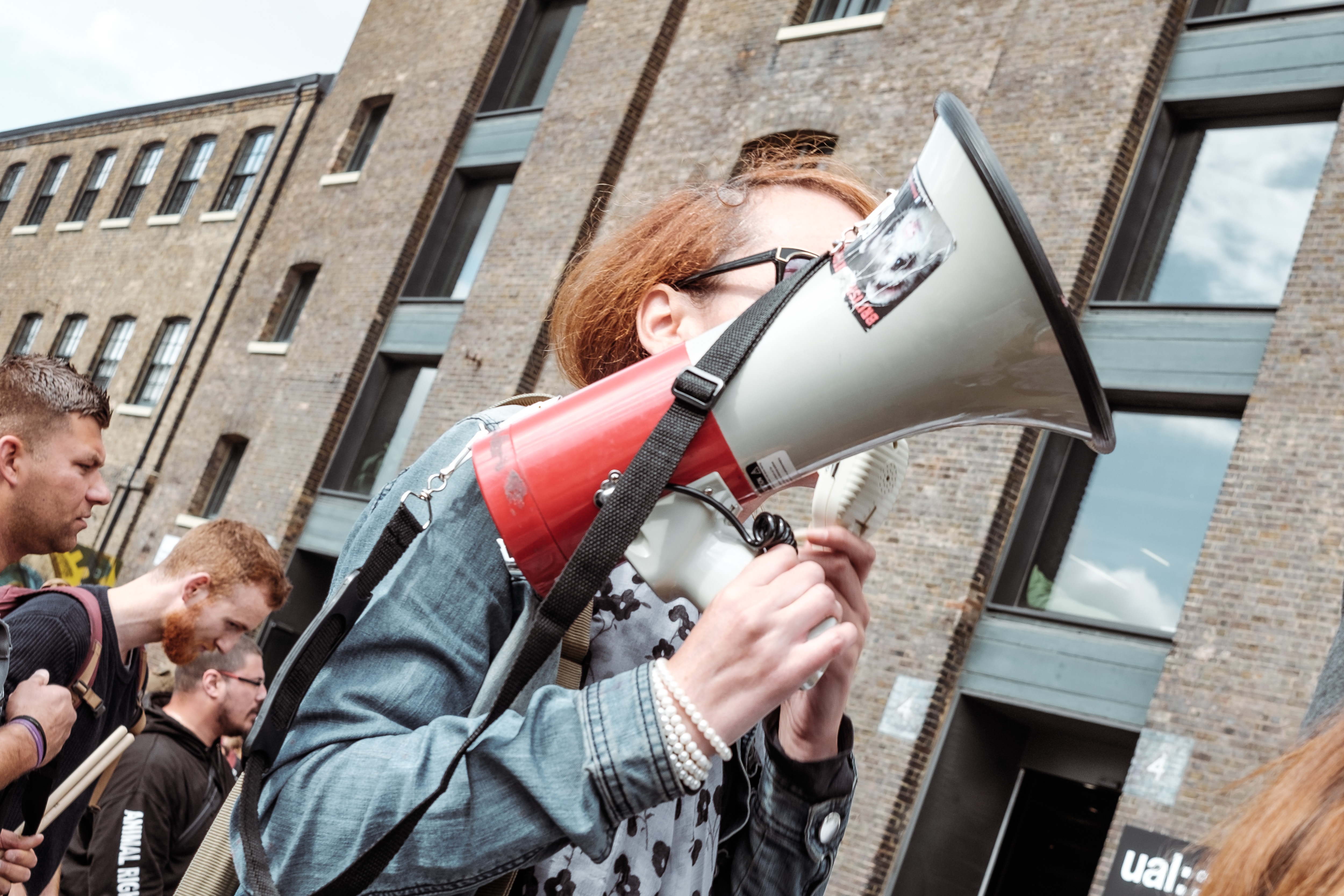This article is part of a series of stories written by the young people who took part at our seminar “A call for peace for all”. They include real life stories of people who left their countries and/or information about migration in one of the European countries where MIJARC Europe has members. All those whose names or any other identification data appear in the articles have given their written consent for making this information public.
 In the context of the topic chosen for this year by our member movements – peace – we have launched an online campaign of peace messages and quotes under the #nevertakepeaceforgranted slogan. This campaign is part of our work plan which also includes two international activities and a travelling exhibition on the topic of peace. The first international activity of our work plan was preceeded by a preparatory phase during which our members had to interview/discuss with at least two people who had left their countries and are now know as “migrants”, “refugees” or “asylum seekers”. To our members they are just people, as are those living next to us. They have emotional and unusual stories, they live in different conditions but as our participants discovered they have not forgoten to be kind, tolerant, open and to forgive.
In the context of the topic chosen for this year by our member movements – peace – we have launched an online campaign of peace messages and quotes under the #nevertakepeaceforgranted slogan. This campaign is part of our work plan which also includes two international activities and a travelling exhibition on the topic of peace. The first international activity of our work plan was preceeded by a preparatory phase during which our members had to interview/discuss with at least two people who had left their countries and are now know as “migrants”, “refugees” or “asylum seekers”. To our members they are just people, as are those living next to us. They have emotional and unusual stories, they live in different conditions but as our participants discovered they have not forgoten to be kind, tolerant, open and to forgive.
Here we bring you the article written by the participants from Italy. The Italian version of the article can be found below.
Article written by Steven Gheno
Immigration in Italy
From 2014 to 2017 every year more than one hundred thousand migrants have landed in Italy; in the first five months of 2018 only 13 thousand have arrived. Analysts attribute the drastic decline to agreements signed by the outgoing Minister of Interior Marco Minniti with armed militias in Libya, which in recent months have pledged to block the departures of the boats, and to the strengthening of the Libyan Coast Guard, ie substantially other armed groups, brought forward by the Italian and European authorities.
Between 2014 and 2017, ie in the four years in which the flow from North Africa was more active, about 623 thousand people arrived by sea in Italy. These numbers have never been supported recently by any European country, excluding Greece
Between 2014 and 2015, however, few of the migrants arriving in Italy by sea stopped here: often they had relatives elsewhere in Europe or they felt more comfortable in a country where they were able to speak at least one language, like France or United Kingdom. Theoretically, the Dublin regulation, the European Treaty that regulates asylum procedures, requires that each request for international protection be managed by the European country where the newcomer first set foot. Since 2016 almost all European countries have increased controls at their borders and downloaded the burden of reception on Italy and Greece; and given that every migrant who arrives makes a request for international protection – otherwise he would be sent back, due to national laws – the two countries have dealt with tens of thousands of people.
The program studied in 2015 by the European Commission to transfer certain categories of asylum seekers from Italy and Greece to other EU countries did not work. It should have involved 160,000 asylum seekers who are almost sure of obtaining protection – and therefore Syrians, Eritreans and Iraqis – but since the Union has no legislative instruments to make a temporary instrument of this kind binding, most of the countries have cheated: three years Hungary, Slovakia, Denmark, the Czech Republic and Poland did not accept any asylum seeker from Italy. Estonia has welcomed 6, Bulgaria 10, Austria 43
According to UNHCR, the United Nations High Commissioner for Refugees, most of the migrants who land on the Italian coast come from Sub-Saharan African countries.
Immigrazione in Italia
Dal 2014 al 2017 ogni anno sono sbarcati in Italia più di centomila migranti; nei primi cinque mesi del 2018 ne sono arrivati solamente 13mila. Gli analisti attribuiscono il drastico calo agli accordi stretti dal ministro dell’Interno uscente Marco Minniti con le milizie armate in Libia, che nei mesi scorsi si sono impegnate a bloccare le partenze dei barconi, e al rafforzamento della Guardia Costiera libica, cioè sostanzialmente di altri gruppi armati,portato avanti dalle autorità italiane ed europee.
Fra il 2014 e il 2017, cioè nei quattro anni in cui è stato più attivo il flusso dal Nord Africa, sono arrivate via mare in Italia circa 623mila persone. Sono numeri mai sostenuti di recente da nessun paese europeo, esclusa la Grecia
Fra il 2014 e il 2015, comunque, pochi dei migranti che arrivavano in Italia via mare si fermavano qui: spesso avevano parenti altrove in Europa oppure si sentivano più a loro agio in un paese dove erano in grado di parlare almeno una lingua, come Francia o Regno Unito. Teoricamente il regolamento di Dublino, il trattato europeo che regola le procedure d’asilo, impone che ciascuna richiesta di protezione internazionale sia gestita dal paese europeo dove ha messo piede per primo il nuovo arrivato. Dal 2016 quasi tutti i paesi europei hanno aumentato i controlli alle proprie frontiere e scaricato l’onere dell’accoglienza su Italia e Grecia; e dato che ogni migrante che arriva fa richiesta di protezione internazionale – altrimenti sarebbe rispedito indietro, per le leggi nazionali – i due paesi si sono trovati a occuparsi di decine di migliaia di persone.
Il programma studiato nel 2015 dalla Commissione Europea per trasferire alcune categorie di richiedenti asilo da Italia e Grecia verso altri paesi dell’Unione non ha funzionato. Avrebbe dovuto riguardare 160mila richiedenti asilo quasi sicuri di ottenere protezione – e quindi siriani, eritrei e iracheni – ma poiché l’Unione non ha strumenti legislativi per rendere vincolante uno strumento temporaneo di questo tipo, gran parte dei paesi se n’è fregata: in tre anni Ungheria, Slovacchia, Danimarca, Repubblica Ceca e Polonia non hanno accolto nessun richiedente asilo dall’Italia. L’Estonia ne ha accolti 6, la Bulgaria 10, l’Austria 43.
Secondo l’Unhcr, l’Alto commissariato delle Nazioni Unite per i rifugiati, la maggior parte dei migranti che sbarcano sulle coste italiane proviene da paesi dell’Africa subsahariana

 An article written by:
An article written by:
